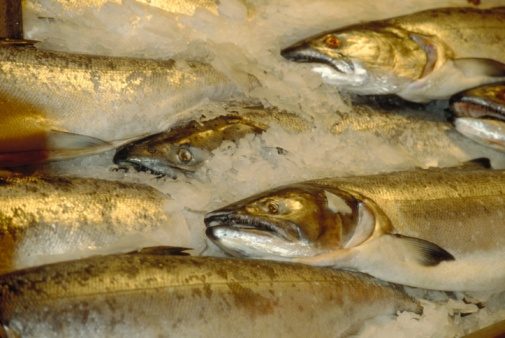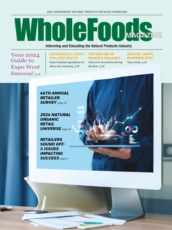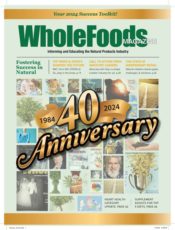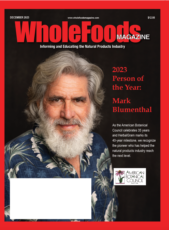There may be another reason to feel guilty about choosing to eat that burger for dinner, beyond the realms of animal rights or fat content—the environment. But, can the same logic be applied to…tomatoes?
According to The New York Times, labels listing carbon dioxide emissions associated with the production of foods are appearing on some grocery items and restaurant menus in Sweden, suggesting that food choices can be an effective method of reducing emissions. As an example, the proposed new dietary guidelines recommend that Swedes favor carrots over cucumbers and tomatoes (unlike carrots, the latter two must be grown in heated greenhouses, consuming more energy). It is unclear how Americans would react to such a strategy and if their eating habits would ever be swayed by a label reading “Climate declared: 0.87 kg CO2 per kg of product.” The Swedish policy even seems to put the environment before health. For example, Swedes, unlike Americans, are not counseled to eat more fish because of depleted stocks, despite the health benefits.
Also, it seems that how the fish gets to your plate may be more important than which type of fish you choose to eat, says a study entitled, “Not All Salmon Are Created Equal: Life Cycle Assessment (LCA) of Global Salmon Farming Systems,” published in Environmental Science and Technology in October, 2009. The study indicates that frozen versus fresh should be of most concern to consumers, rather than organic versus conventional or wild-caught versus farmed. Specifically, the study emphasizes that fish should stay where they came from—in the water. Fresh foods will likely arrive by energy-guzzling airplanes; frozen foods will most likely arrive by more energy-efficient ships, implying that mode of transportation is far more crucial than miles.










